Battery Energy Storage Systems (BESS) are energy storage systems that use batteries to store electrical energy. Generally used to store energy from renewable sources such as the sun or wind, they enable a more even distribution of electricity over the grid. However, the process of charging and discharging batteries may trigger chemical reactions that produce potentially dangerous gases, such as hydrogen. Hydrogen is highly flammable and can pose a fire or explosion hazard if not handled properly. The detection of gases within BESS systems is therefore an essential aspect in identifying operational problems or battery failures, thus enabling timely intervention to prevent critical situations.
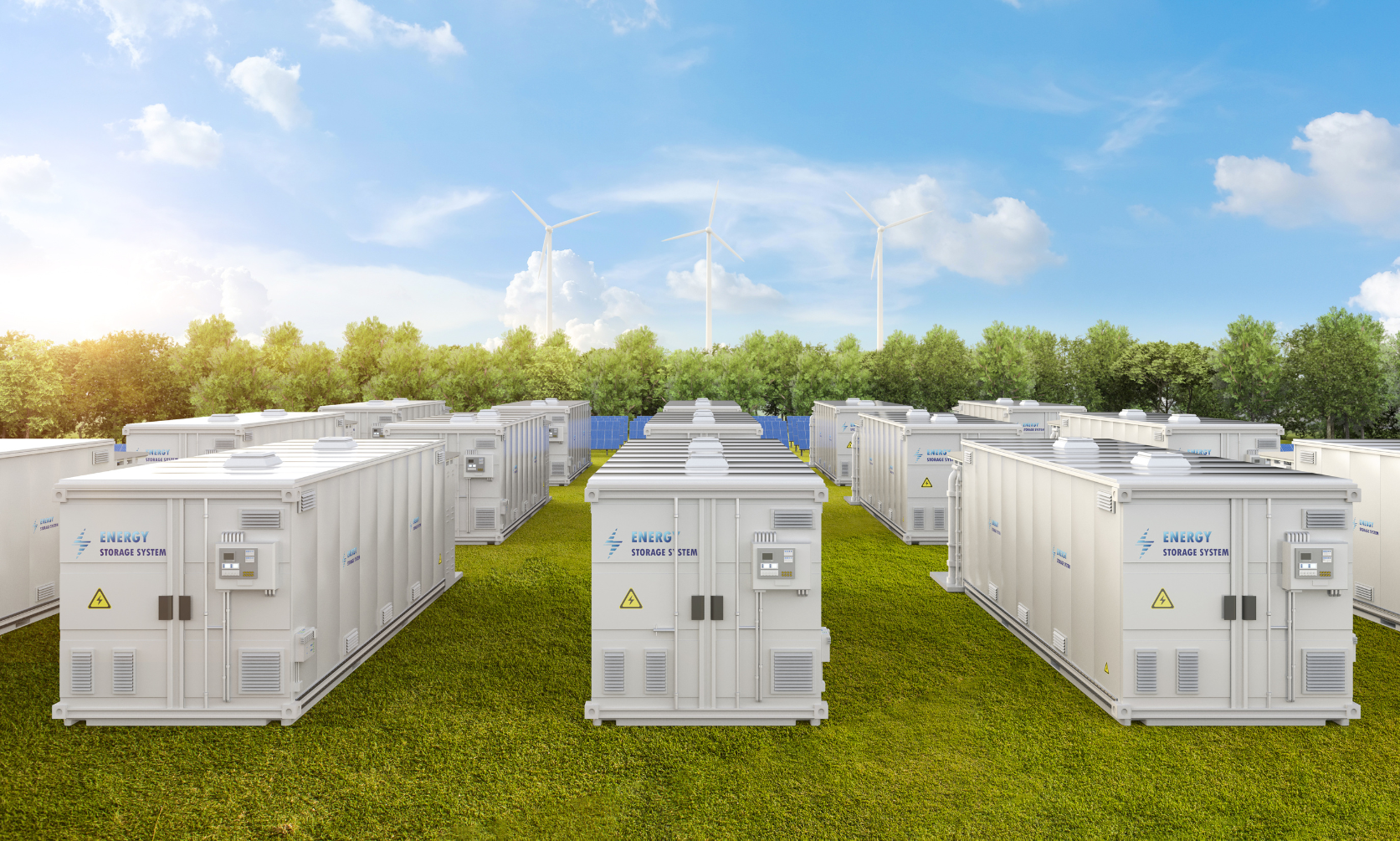
Technical challenges within the systems
Despite the progress that has been made in recent years, there are still many hazards to be addressed. The operating environment of BESS systems can be characterised by variations in temperature, humidity and pressure, which can affect the performance of gas detection systems, just as the materials used within the batteries themselves could affect the sensitivity and reliability of the sensors over time. Precisely for this reason, the choice of gas detector technology to be included in BESS systems is of paramount importance and is dictated by various factors such as required sensitivity, operating environment and conditions.
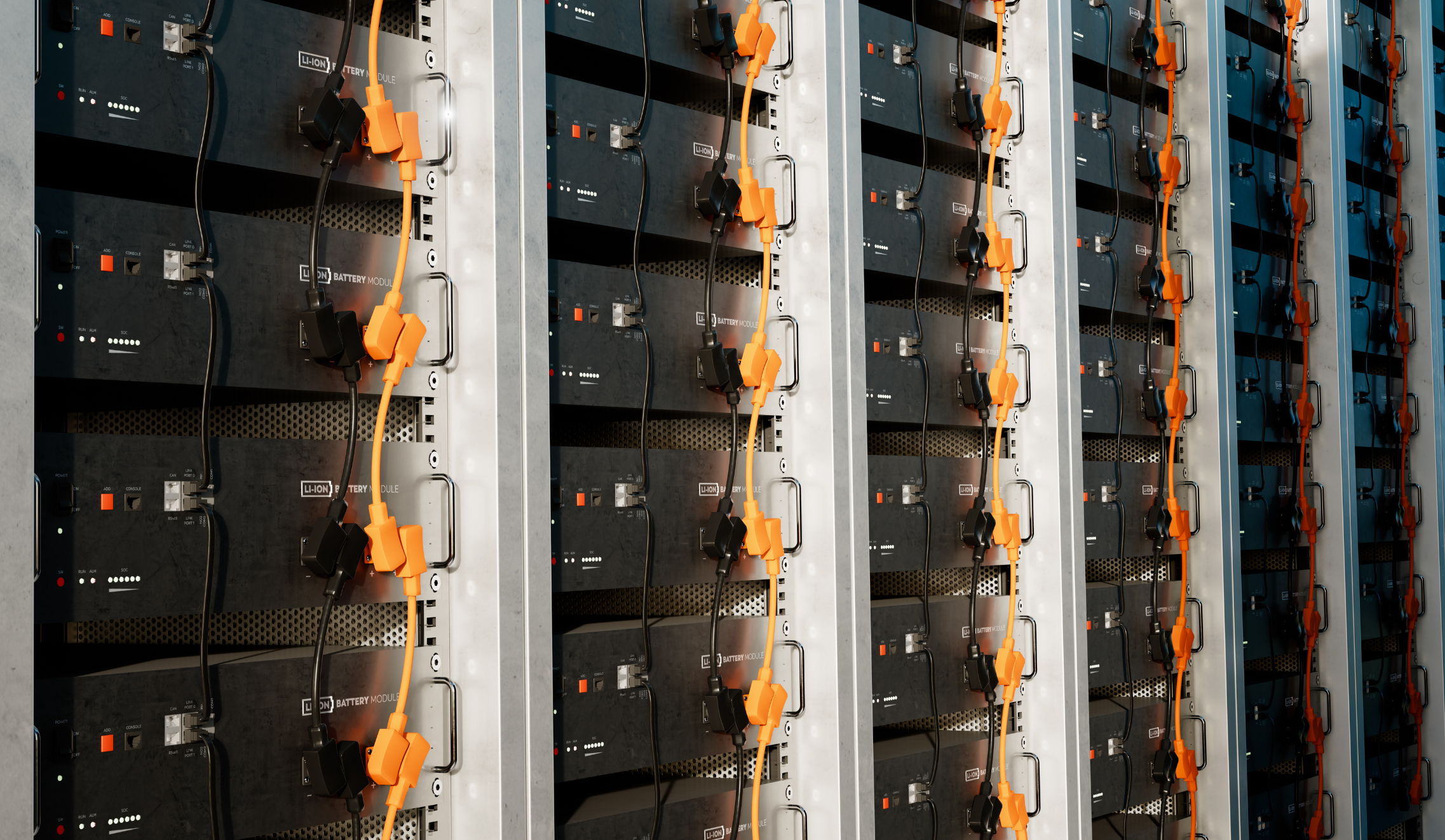
The main risks in BESS systems
Within BESS systems, lithium batteries are commonly the most commonly used and can be subject to various malfunctions if not handled correctly. Short circuits, overloads, failures or design errors could lead to fires or explosions. The main gas-related risks in BESS systems include:
- Risk of fire or explosion
- Risks to human health
- Environmental risks
- Risks of damage to infrastructurn
Gas detection within BESS systems is a key element in ensuring safety and allowing them to operate correctly.
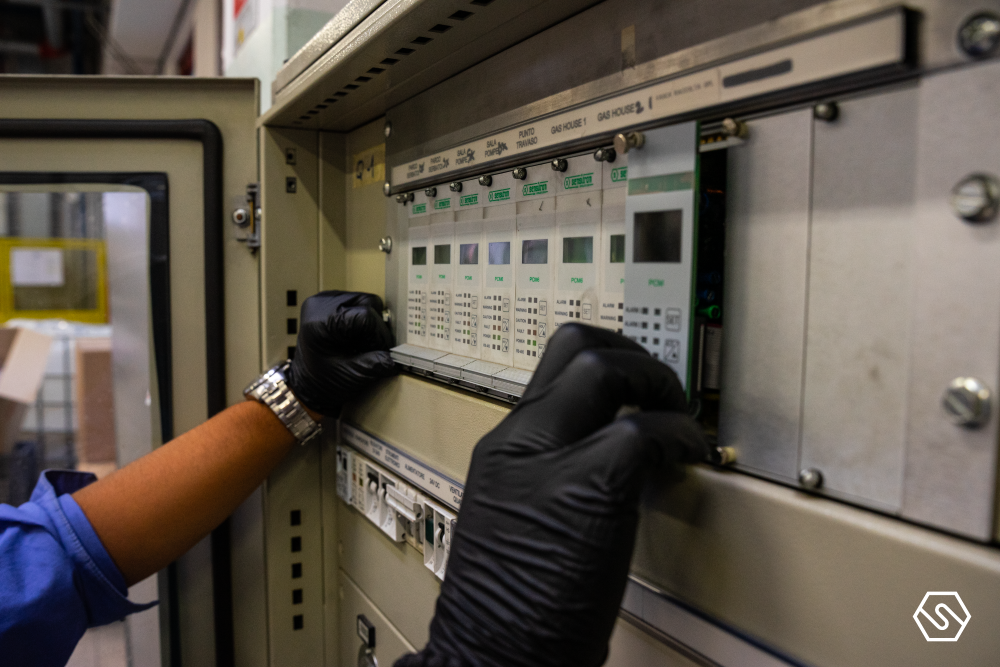
Our products for BESS Systems
For safe and effective detection within BESS systems, our SMART 3G series gas detectors are ideal:
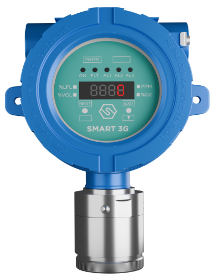
SMART 3G D2
Suitable for detecting flammable substances, toxic gases, refrigerants and oxygen in classified areas.ATEX, IECEx and SIL2/3 certified.
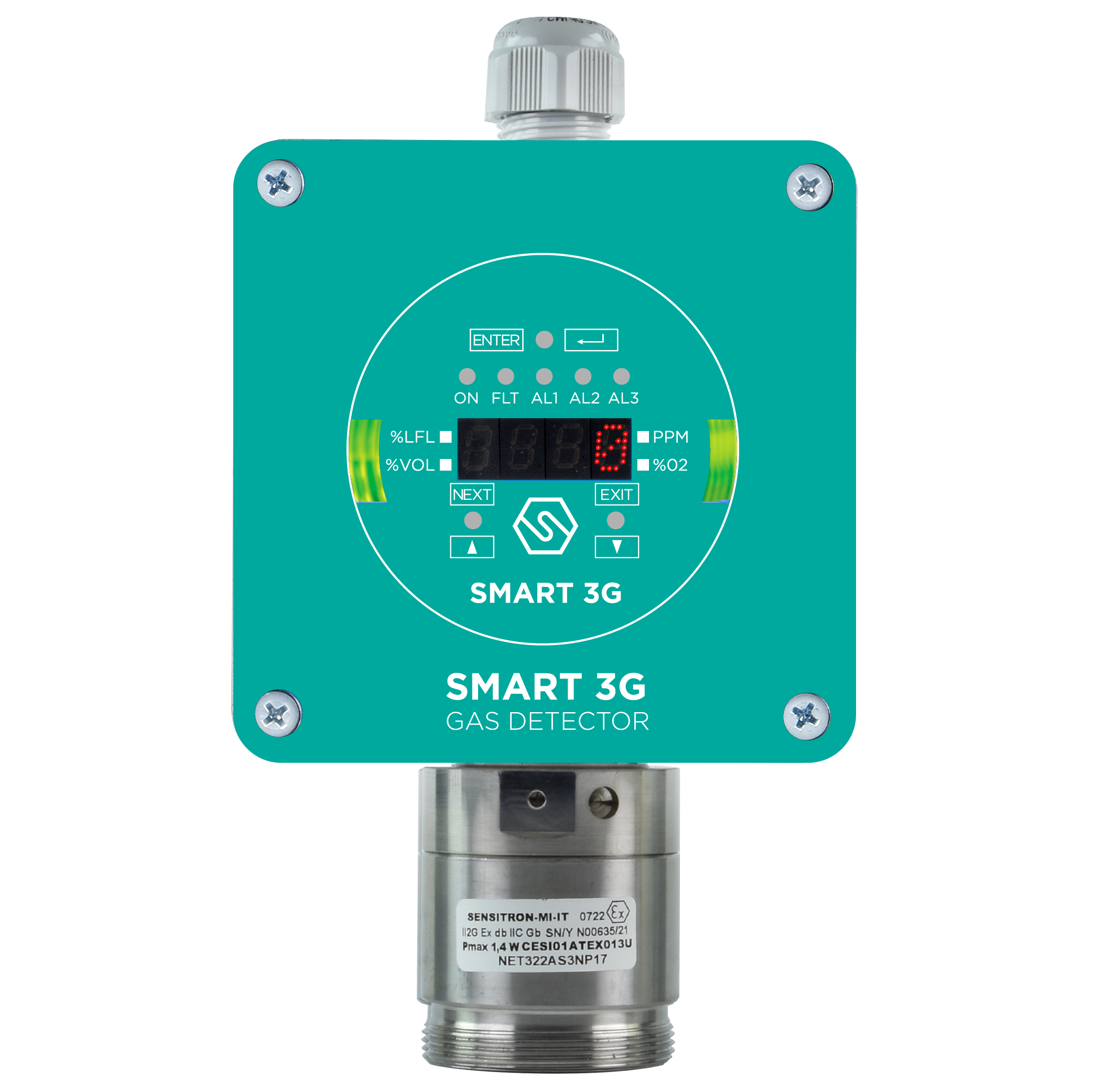
SMART 3G D3
Suitable for gas detection in classified areas, ATEX, IECEx and SIL2/3 certified, allows for non-intrusive field calibration.
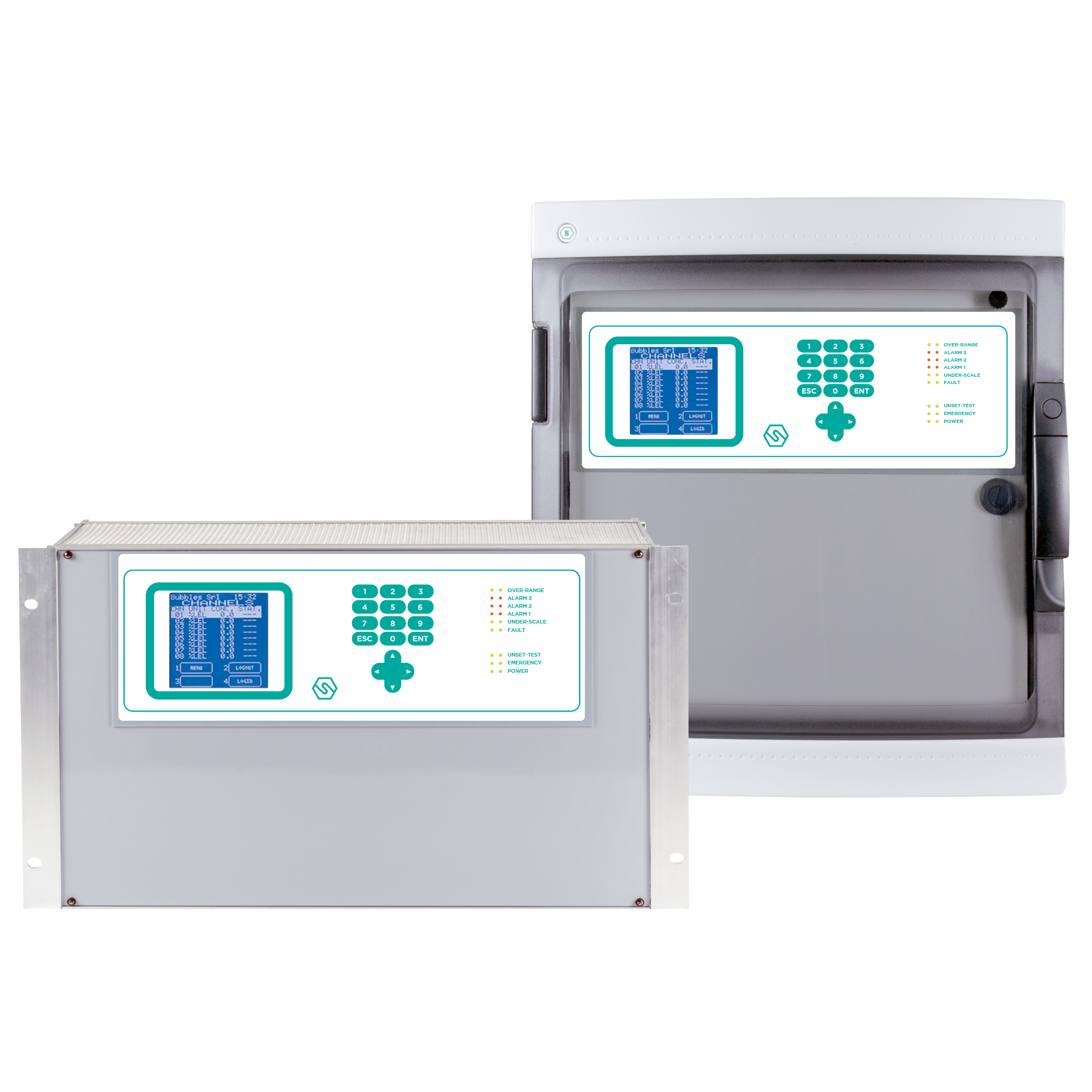
MULTISCAN++S1/S2
Designed to meet the widest market demand for flexibility, they allow the management of up to 264 detectors. ATEX and SIL certified.

